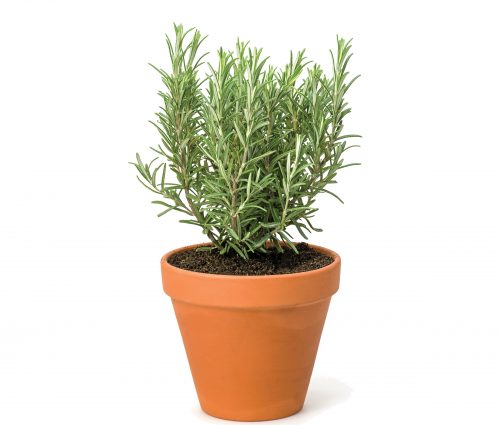
Fresh this month (Harvested in New Zealand gardens in August)
Spinach
This is one of those green veges you often hate as a kid but then, as your taste buds mature, it wins you over. A cup of chopped spinach delivers 20 per cent of our daily folate needs, a vital mineral for our immune system, over four times the amount in silver beet. Spinach also beats silver beet in the amount of potassium and vitamin A it contains. Spinach, like other dark leafy greens, is a source of lutein and zeaxanthin, important nutrients for eye health.
Did you know…?
In the 1930s, US spinach growers credited cartoon character Popeye with a 33 per cent increase in domestic spinach consumption.
And, although you might not immediately associate Chinese cuisine with spinach, China is the world’s largest producer, with 85 per cent of global production.
Recipe ideas
• Soy ginger chicken with winter slaw
• Chicken, pumpkin and ricotta lasagne
Rosemary
Rosemary and mint are traditional accompaniments to Kiwi favourite roast lamb. And they’re herbs from the same family, so that makes sense. Try rosemary in bread baking; steeping its flavour into oil; using the woody stems as kebab sticks; and added to lemon desserts. Rosemary is rich in antioxidant flavonoids. Adding a variety of herbs to our food means we get a wide variety of phytonutrients, even though we only use them in small amounts.
Did you know…?
Rosermary sprigs were traditionally tossed onto coffins, signifying remembrance, as this herb was thought to increase memory function.
Recipe ideas
• Rosemary biscuits
• Grilled chicken on rosemary skewers
• Bean garlic and rosemary mash
Vegetables
Broad beans, broccoli, Brussels sprouts, cabbage, carrots, cauliflower, celeriac, celery, fennel, Jerusalem artichokes, kale, leeks, lettuce, parsnips, radishes, rhubarb, silver beet, swedes, turnips, watercress, yams
Herbs
Chives, marjoram, mint, oregano, rosemary, sage, thyme
Fruit
Grapefruit, lemons, Satsuma mandarins, navel oranges, tamarillos, tangerines
The lost plot
Winter pruning
Winter is the time for pruning, to control shape, size and vigour in fruit trees and to concentrate the amount of food and energy available into growing blossom and fruit, rather than producing many branches and leaves. Having an open centre helps with air flow to reduce pest and disease build-up and allows easier access to blossoms for bees, for increased pollination. An overgrown, unpruned tree ends up as all wood and shady foliage, with only a few inaccessible fruits way out of reach.
Beginning pruning can be intimidating. People worry about killing the tree or chopping off all the fruiting branches. Start gently and get a feel for the job by taking out all diseased, damaged, dead and crossing branches, making sure to cut on a slant half a centimetre above an outward facing bud or, if removing a whole branch, cutting just clear of the ‘collar’ where it joins the trunk.
If you can find a pruning demonstration held by a garden group or similar in your area, get along to it or search for New Zealand-based demonstrations online.
Prune apple and pear trees on a single leader, with branches arranged in tiers around it, and plums, peaches, apricots and nectarines into a vase shape, or open centre. Grapevines are trained on a ‘T’ shape, with branches spreading on either side from the central stem.
www.healthyfood.com










